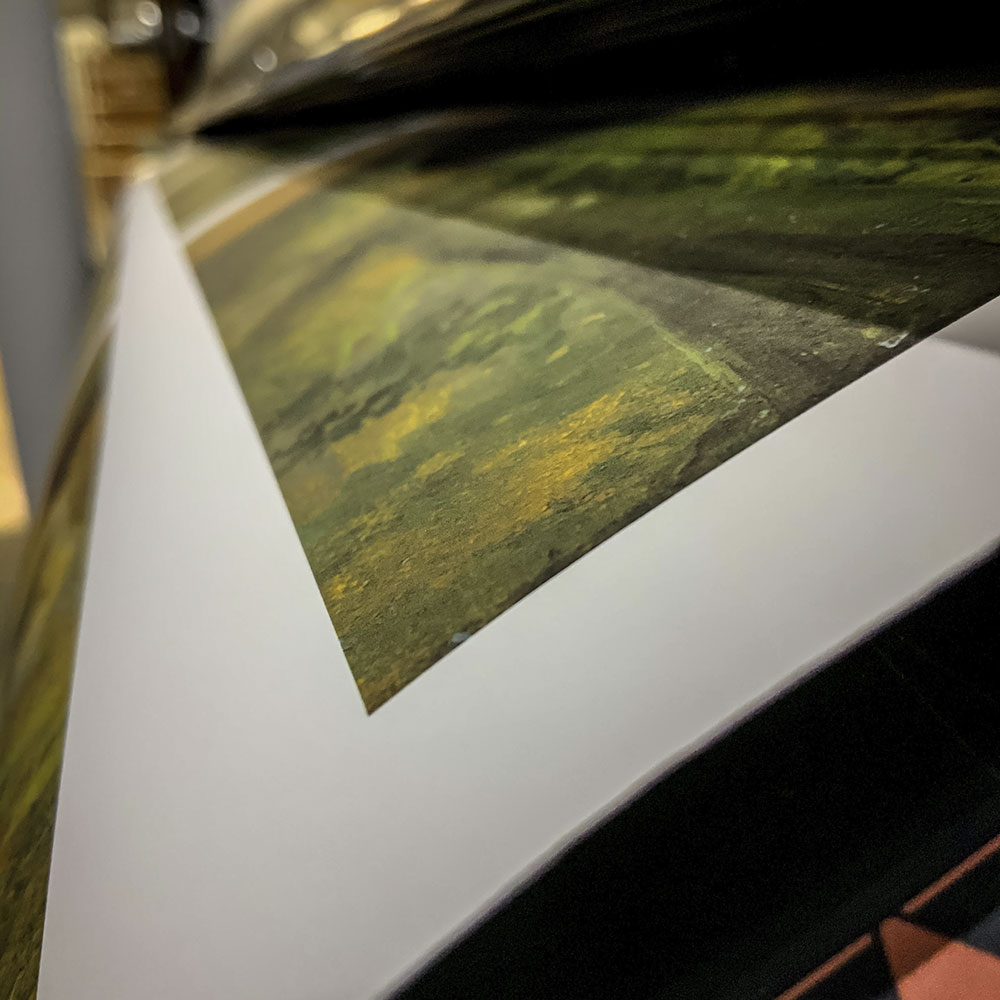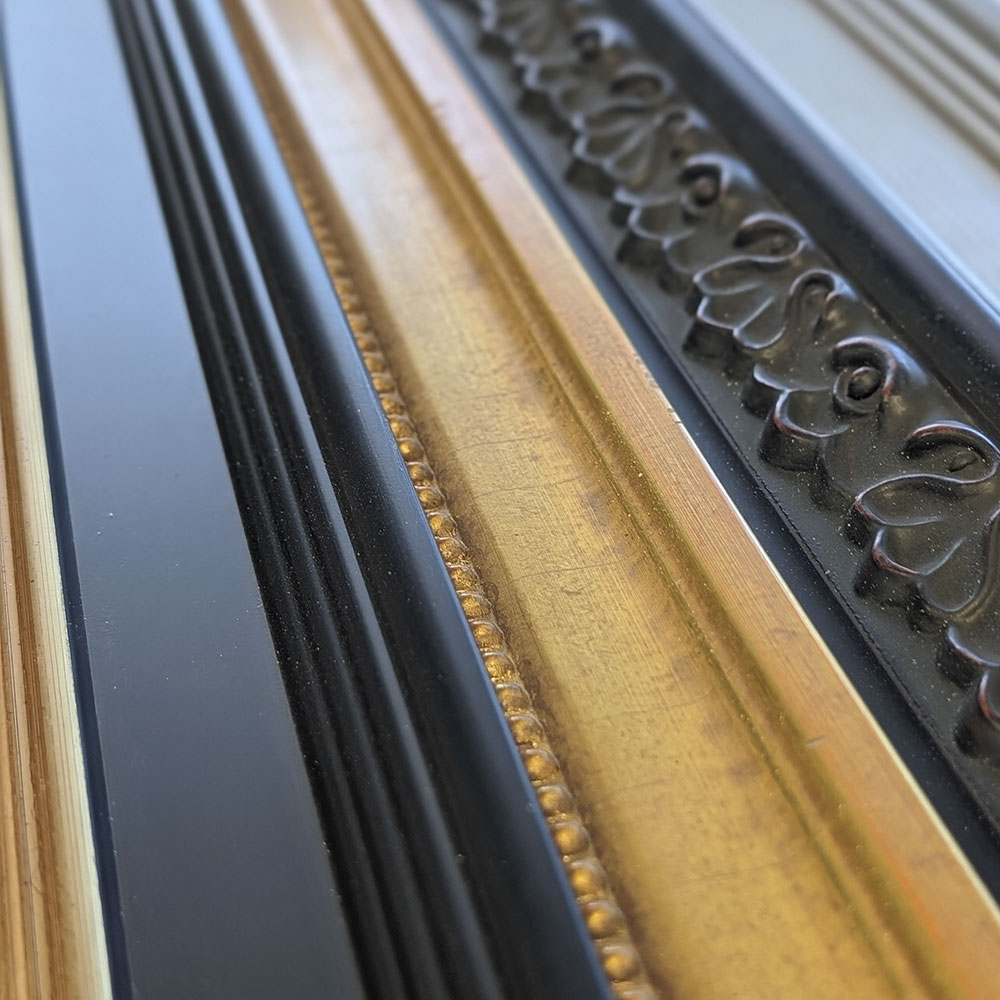Edgar Degas (French, 1834-1917), Dancer in Green, circa 1878. Pastel on paper. New Orleans Museum of Art, Gift of Charles C. Henderson in Memory of Nancy S. Henderson.
During the first decade of his artistic career, Degas painted portraits and historical themes. Eventually however, he turned to contemporary life to find the subject matter for his paintings. Gradually as Degas’ interest in the opera and theater grew, dancers assumed a background position similar to that allotted to landscape in his earlier painting. This subject became a major concern of the artist in the years between 1875 and 1890 during which time he started experimenting with pastels as a primary medium. Degas spent many hours attending ballet classes in order to observe the struggling young dancers of the Paris Opera and to sketch them in class and on stage. Dancer in Green shows a young girl waiting in the wings during a performance. In depicting this dancer, Degas has employed several of his favorite devices including averting the face in half-profile; positioning the figure high up in the picture plane; using backlighting and selectively viewing empty space as an important part of the composition. He also executed an oblique view with an exaggerated recession, which he learned from a study of Japanese woodblock prints.


